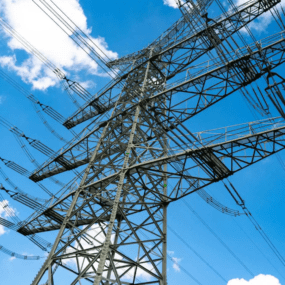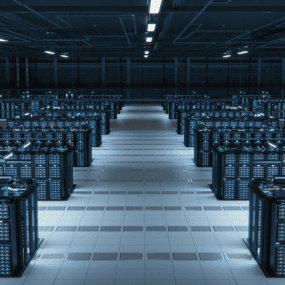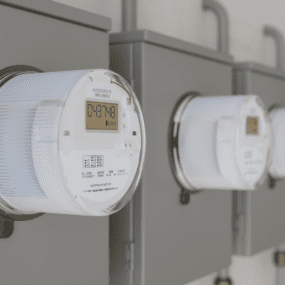The Cost of Convenience
Vol. 4 – Watt in the Grid?

Vol. 4 – Watt in the Grid?

Sign up for our newsletter
Stay in the loop with all things GridX and beyond.
Though not as fun as Spotify Wrapped (#swiftie), another part of being a full-grown adult typically includes putting together a fun summary of medical expenses. The real thrill, of course, then comes from determining what (if any) of said expenses may qualify for Flexible Spending Account (FSA) reimbursement – as well as buying medical supplies in bulk off Amazon last minute to spend any unused funds. This year was particularly adventurous in my household, as my children cumulatively accrued six urgent care visits and one (insanely stressful) ER visit. The good news is that none of these events were particularly serious (I’m looking at you, recurrent strep throat). The bad news, however, is that each of these incidents occurred outside of regular business hours. Needing medical care outside of the “standard” 9:00 a.m. to 5:00 p.m. schedule means a higher copay, a more stressful experience, and (typically) a longer drive. Why, I wonder, don’t more medical practices offer after-hours appointments? And why are more medical practices not banding together to provide all-in-one care? Knowing that people will pay for convenience, wouldn’t sheer market demand yield incredible profits?
In my world of electric supply and demand, the same type of question comes up: if energy is most expensive during peak load, why aren’t more diverse (and potentially less costly) resources online during periods of greatest need? It would be extraordinarily expensive to seek a house visit from a senior doctor and – much to the chagrin of parents everywhere – even then, the help of a single person may not be enough (kid injuries seem to require the expertise of a myriad of medical specialties!). Similarly, it becomes wildly pricey to depend on limited energy resources during times of high demand – and the likelihood of a single solar plant or wind facility providing enough utility to justify its cost is slim. Fortunately, while I have yet to see after-hours (regular copay) clinics take off (le sigh), in the energy world we are seeing more and more potential options, including the rise of the Virtual Power Plant (VPP).
VPPs are systems that aggregate various distributed energy resources (DERs) such as solar panels, wind turbines, battery storage, and demand response systems, to operate as a unified and coordinated power plant. Just like an office offering evening appointments would need enough customers to pay their doctors (and turn a profit!), so too do VPPs depend on the revenue they can generate by participating in electricity markets. It wouldn’t make sense to build a VPP incapable of interconnecting to the grid, nor would it be worthwhile (necessarily) to offer VPP power during times of over supply or limited demand. But it would make sense to get more VPPs online during the periods of highest demand and highest prices. Government incentives, subsidies, tariff structures, and rates significantly impact the attractiveness of VPP projects. Some regions offer incentives for renewable energy production, energy storage deployment, or demand response initiatives (particularly as more and more states are committing to ambitious decarbonization timelines).
As I have talked about before, time-of-use (TOU) rates and other demand response programs influence customer behavior and their willingness to adjust electricity consumption patterns. VPPs can therefore benefit from aligning their operations with these rate structures, optimizing energy use during periods of high demand or high electricity prices. Consumers can adjust their electricity consumption patterns to take advantage of lower TOU rates during off-peak hours, which allows them to save money by performing energy-intensive tasks when electricity prices are lower. VPPs – combined with TOU rates – means customers will be encouraged to use electricity when renewable energy sources are more abundant. Even more remarkably, VPPs – by virtue of aggregation – enable resources to “team up” and offer all-in-one solutions capable of functioning as a legitimate power plant.
I can only imagine how incredible it would be to have diverse medical practices open in the evenings. It would be a financial (and mental!) gamechanger to be able to get a throat culture, an x-ray, and vaccinations at the same place, even at night (#dreambig). Although my medical appointment stress will likely persist, in the energy world the previously-only-dreamed-about concept of aggregated DERs and all-in-one power is available right now. VPPs – when combined with proper rates and customer education – can keep the lights on, put more renewable resources on the grid, and seamlessly improve the customer experience. GridX can help demystify VPPs and work with providers to design necessary rates/tariffs, bill complex rates within an existing CIS, and effectively market the bill impact of clean energy decisions. While admittedly cliché, the rise of VPPs proves the future is now.




